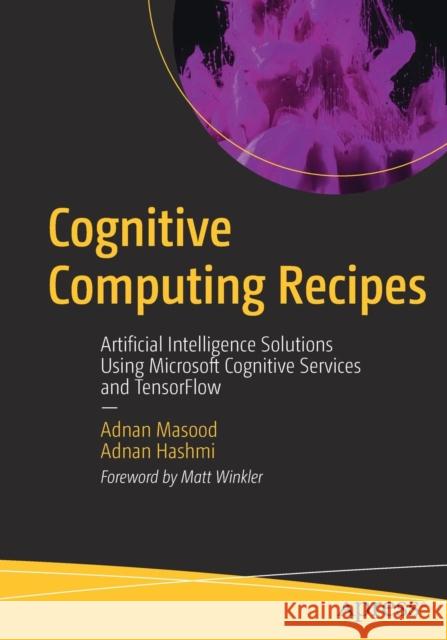Cognitive Computing Recipes: Artificial Intelligence Solutions Using Microsoft Cognitive Services and Tensorflow » książka
topmenu
Cognitive Computing Recipes: Artificial Intelligence Solutions Using Microsoft Cognitive Services and Tensorflow
ISBN-13: 9781484241059 / Angielski / Miękka / 2019 / 417 str.
Cognitive Computing Recipes: Artificial Intelligence Solutions Using Microsoft Cognitive Services and Tensorflow
ISBN-13: 9781484241059 / Angielski / Miękka / 2019 / 417 str.
cena 152,00 zł
(netto: 144,76 VAT: 5%)
Najniższa cena z 30 dni: 146,48 zł
(netto: 144,76 VAT: 5%)
Najniższa cena z 30 dni: 146,48 zł
Termin realizacji zamówienia:
ok. 16-18 dni roboczych
Dostawa w 2026 r.
ok. 16-18 dni roboczych
Dostawa w 2026 r.
Darmowa dostawa!
Kategorie:
Kategorie BISAC:
Wydawca:
Apress
Język:
Angielski
ISBN-13:
9781484241059
Rok wydania:
2019
Ilość stron:
417
Waga:
0.76 kg
Wymiary:
25.4 x 17.78 x 2.29
Oprawa:
Miękka
Wolumenów:
01
Dodatkowe informacje:
Wydanie ilustrowane











